Being product driven vs customer driven
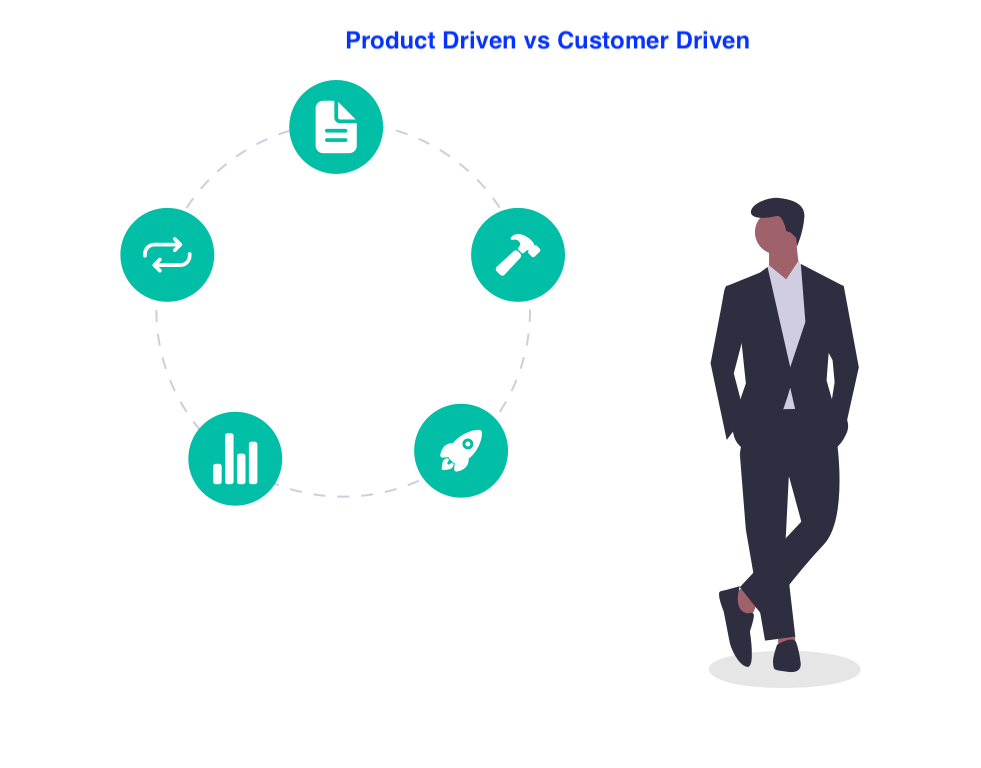
In today's competitive business landscape, businesses face a crucial decision: whether to adopt a product-driven or customer-driven approach. Both strategies offer unique benefits and challenges, but finding the right balance is key to achieving sustainable success.
Let's explore the differences between these two approaches and delve into why a customer-driven mindset is increasingly essential in meeting customer expectations and staying ahead of the competition.
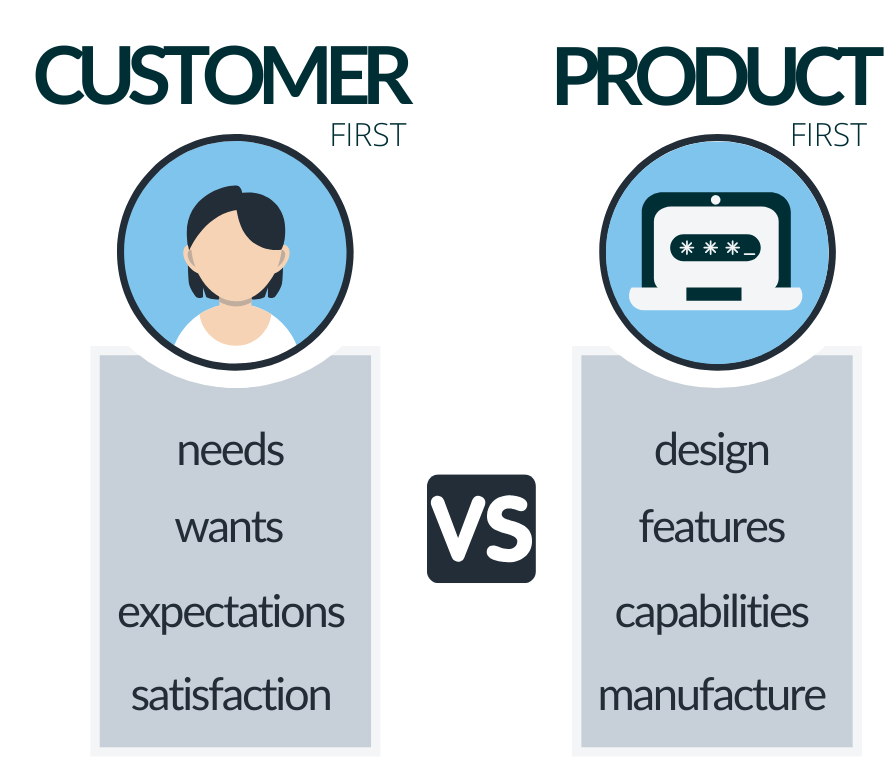
Product-Driven approach:
The product-driven approach revolves around a company's internal capabilities, expertise, and vision. Organizations adopting this approach prioritize the development and innovation of products based on their own beliefs about market needs. Their focus lies in building a superior product and then convincing customers to buy it. Research and development (R&D) and technological advancements take center stage as they strive to create a unique selling proposition.
One of the advantages of a product-driven approach is the ability to introduce groundbreaking products and set new industry standards. By focusing on their internal expertise, companies can leverage their core competencies to deliver innovative solutions. However, this approach carries risks, such as developing products that may not align with customer demands or overlooking evolving market trends.
Examples:
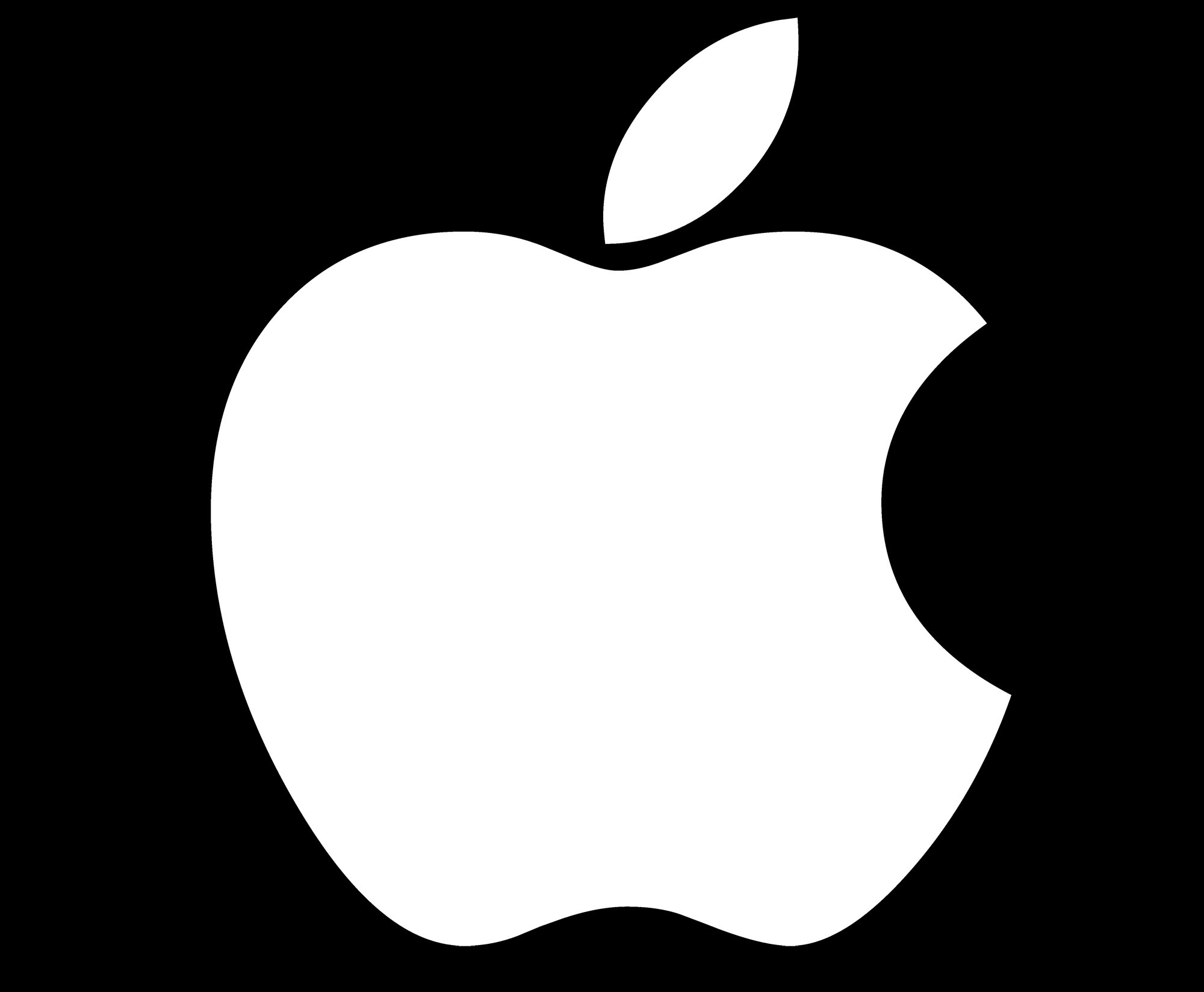
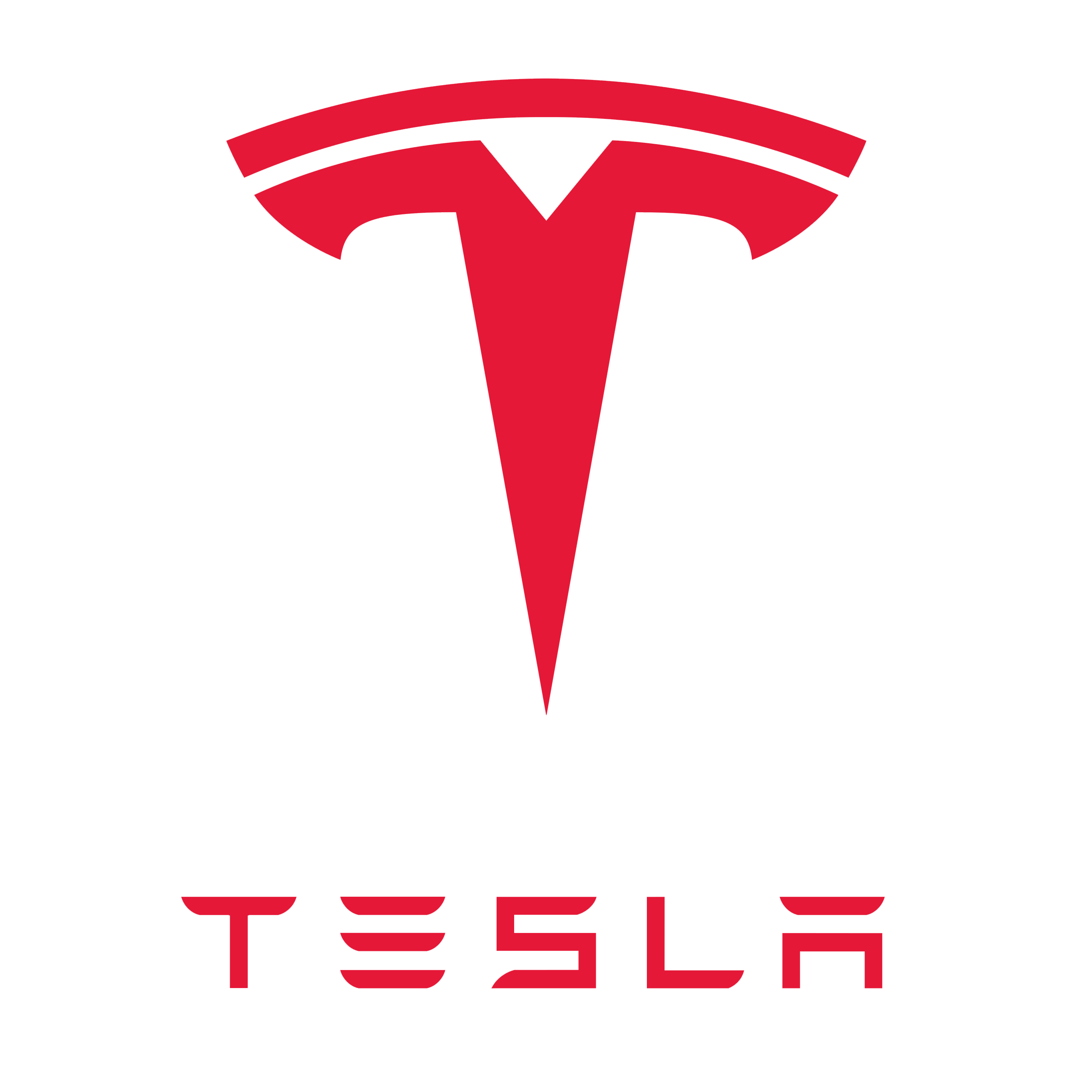
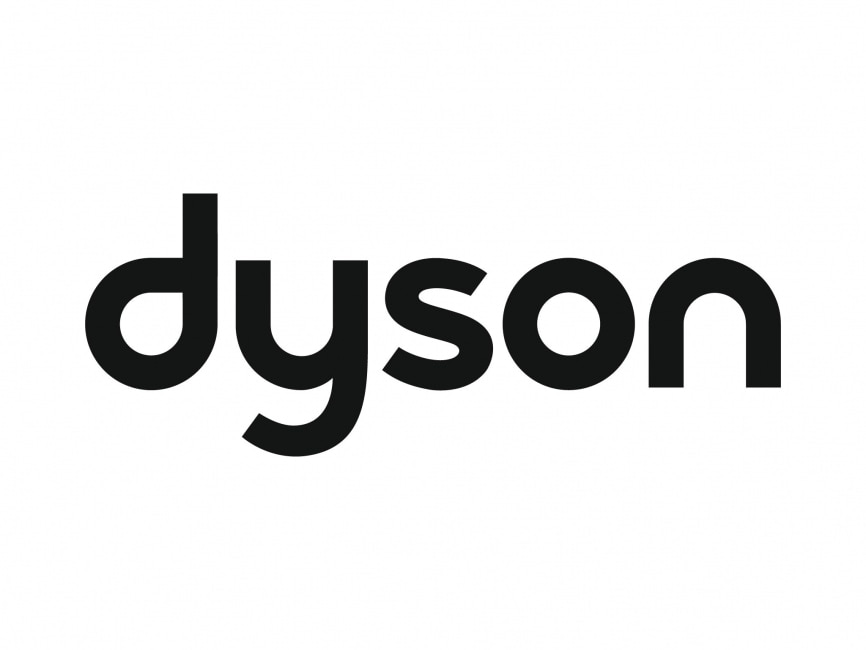

Customer-Driven approach:
In contrast, the customer-driven approach places the customer at the heart of decision-making processes. This strategy involves actively seeking and analyzing customer feedback, preferences, and market trends to develop products and services that effectively meet customer needs. By understanding their target audience, companies can tailor their offerings, provide personalized experiences, and establish long-term relationships.
Adopting a customer-driven mindset offers several advantages. Firstly, it enables businesses to identify and address specific pain points, resulting in higher customer satisfaction and loyalty. Secondly, it helps companies stay attuned to market shifts, ensuring they adapt and evolve alongside changing customer preferences. Finally, a customer-driven approach fosters a deeper understanding of customer behavior, facilitating effective marketing strategies and enhancing overall competitiveness.
Examples




Finding the Balance
While the merits of both approaches are evident, striking the right balance is crucial. Overemphasizing a product-driven approach risks developing products that fail to meet customer expectations(many startups fail due to this), resulting in missed opportunities and declining sales. On the other hand, an extreme customer-driven approach may lead to constant customization requests that strain resources and erode profitability.
To find the ideal balance, businesses can adopt an iterative approach that combines customer insights with internal expertise. Market research and customer feedback should drive product development, ensuring that the final offering aligns with market needs. Simultaneously, organizations should leverage their core competencies and innovative capabilities to create products that surpass customer expectations.
Product managers (for product driven and customer driven products):
| Customer Driven | Product Driven |
| Understand customer needs, pain points, and desires | Rely on internal assumptions, stakeholders, biases |
| Prioritizes customer feedback | Prioritize technical considerations & internal objectives. |
| Iterative product development | Linear development process, sticking to predetermined product plans and specifications |
| Customer success metrics | Budget, timelines, goals |
| Collaborate with cross functional teams | Focus on building own team |


